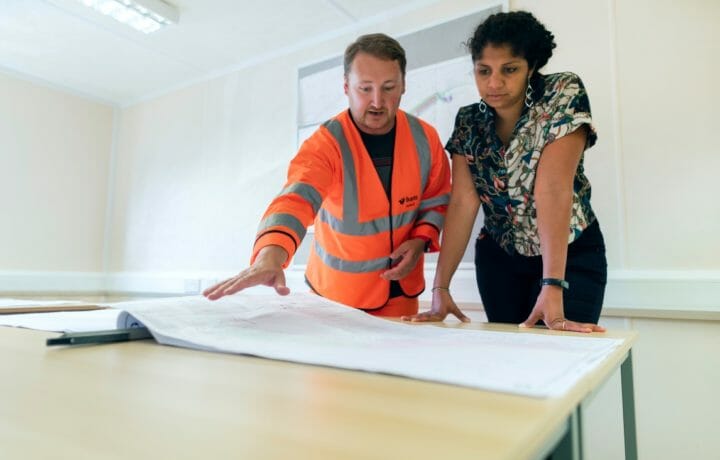Aviation has had a major impact on military operations. But declining budgets are creating challenges for this money-burning branch of the Department of Defense. Jim Garamone, American Forces Press Service reports:
More than any other military service, people have viewed the U.S. Air Force as an innovative and “leap ahead” organization, the service’s top civilian leader said.
The pieces are in place to continue that legacy, Air Force Secretary Michael B. Donley told the Defense Writers Group.
Even before the Air Force became a separate service, strategists looked on aviation as a game changer, Donley said. Often the reach exceeded the grasp, but in the long run most of the strategies have proven correct, he added.
In World War I, the use of aviation underwent hothouse growth as a way to leap over the morass of the trenches. In World War II, bombing offensives and control of the air were prerequisites for successful military operations. That war also saw the agility that air transport provided ground and sea forces. In 1947, the Air Force became a separate service, but took with it the legacy of innovation, Donley said. Intercontinental missiles, globe-spanning bombers, air-to-air refueling, heavy airlift, early warning radars, computers, space operations and drones are just a few of the leap-ahead technologies that airmen adapted and developed.
Now, with fifth-generation fighters, unmanned aerial vehicles, B-2 bombers and more, the service is well-prepared for the future, Donley said. “We’re planning for and building those capabilities,” he said. “Clearly, we will be fielding a modern tanker [and] a fifth-generation joint strike fighter in numbers.” With the F-22, the United States is the only nation that has fielded a fifth-generation fighter, the Air Force secretary said. “We’ll be delivering the F-35 [joint strike fighter] in numbers by the end of the teens,” he said.
Innovation is an important theme for the Air Force as budgets become tighter, Donley told the defense writers. “Modernization is an overhanging requirement,” he said, “and we have to be in a position to fund when those programs mature and they are ready for production.”
All budget decisions keep in mind the F-35, the new tanker aircraft, the next-generation bomber and space-based capabilities to ensure the Air Force can get more capable over time, he said. Also growing are capabilities in intelligence, surveillance and reconnaissance assets, space-based opportunities and cyber capabilities, Donley told the group.
The Air Force is looking at other “leap ahead” technologies, Donley said, but he declined to discuss them, noting that the Air Force developed the U-2 spy plane and F-117 stealth fighter in secret.
Modernization of bombers, fighters and mobility forces is one side of the coin, but the Air Force may make its greatest contribution in information management, Donley said.
“A lot of our capabilities are involved with moving information and maintaining advantages in our ability to collect it, to move it and to exploit it for operational purposes,” he said. “We’ve all lived this communications revolution of the past 25 years, and that’s where those new innovations and capabilities are finding themselves. It’s not just on the platforms of the tanker or bomber or fighter.”
The Air Force is on a good path for mobility, bomber and fighter forces, Donley said. The capabilities are built around the communications revolution, he added, and “those are very important capabilities for the joint force moving forward.”
-American Forces Press Service




